Back in May my parents came to visit me in Japan and we spent a weekend in Hakone (箱根町), a mountainous area west of Tokyo known for its stunning views of Mount Fuji (富士山) as well as being on the route of the Old Tokaido Highway (東海道) which historically connected Tokyo to Kyoto.
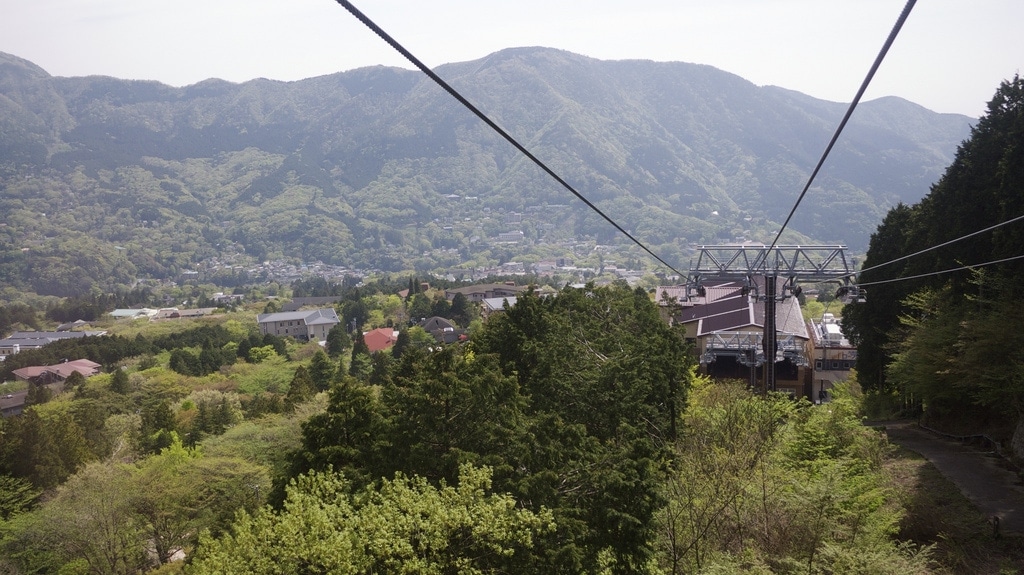
We made an early start on Saturday and followed the fairly popular circular trail beginning at Gora Station (強羅駅). From here we took the funicular Hakone-Tozan Cable Car (箱根登山ケーブルカー) to Sounzan Station (早雲山駅) which directly links to the Hakone Ropeway (箱根ロープウェイ).
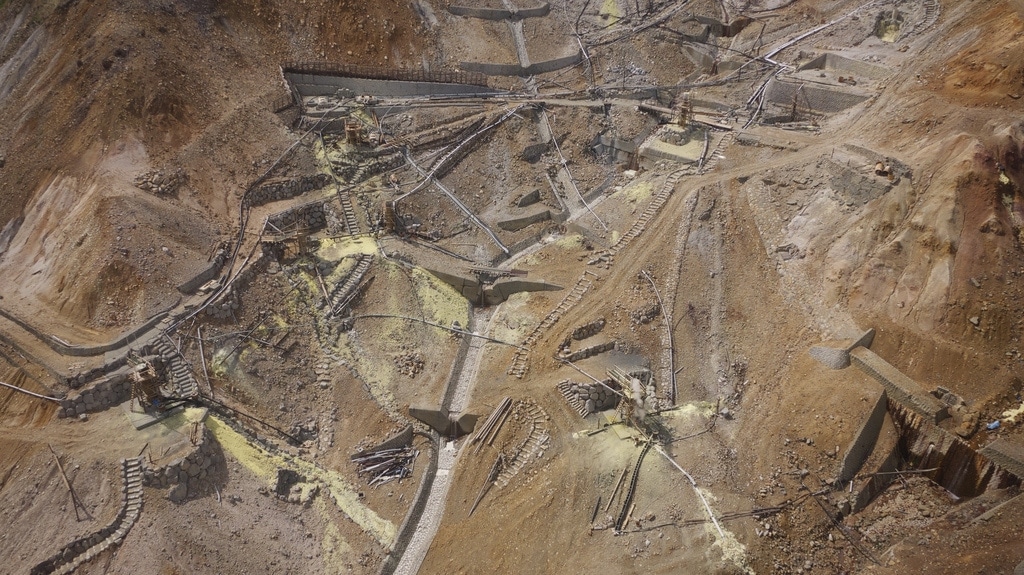
The aerial lift then takes you all the way to Owakudani (大涌谷), a volcanic valley with active sulphur vents and hot springs, created during the last eruption of Mount Hakone 3000 years ago.
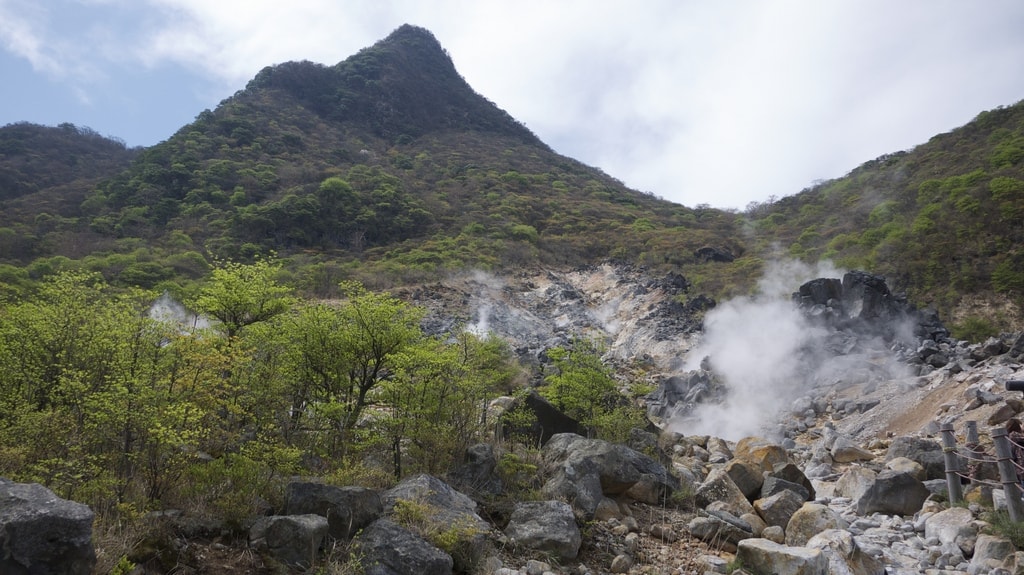
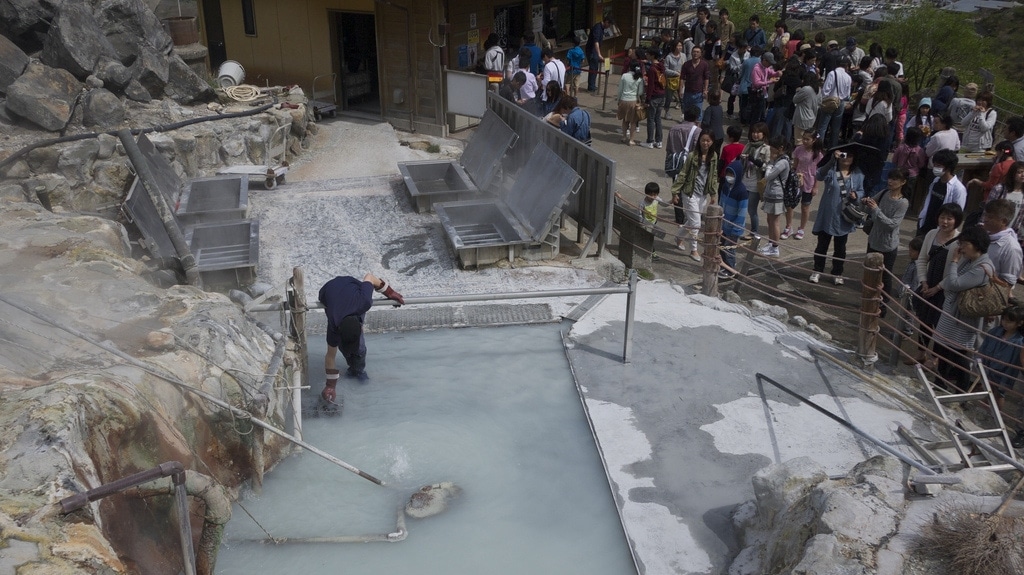
Many people come here to try a local speciality of eggs hard-boiled in the hot springs known as Kuro-tamago (黒卵). Eating one of the blackened eggs is said to add seven years to your life although, what with the overpowering smell of sulphur, I gave it a miss!
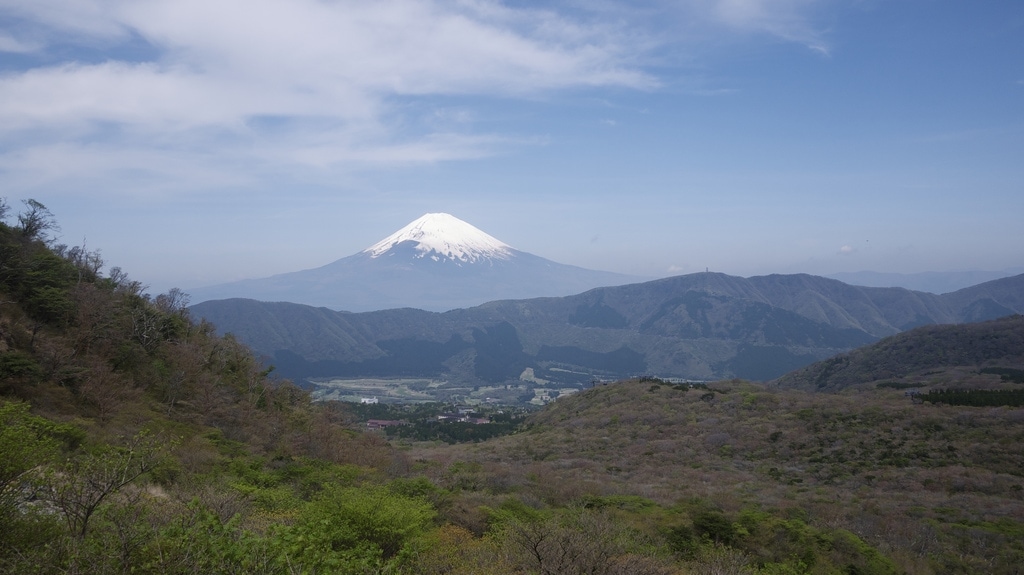
We were extremely lucky with the weather and had perfect views of Fuji on the horizon. It’s easy to see why the symmetrical cone of the mountain has become such an iconic landmark.
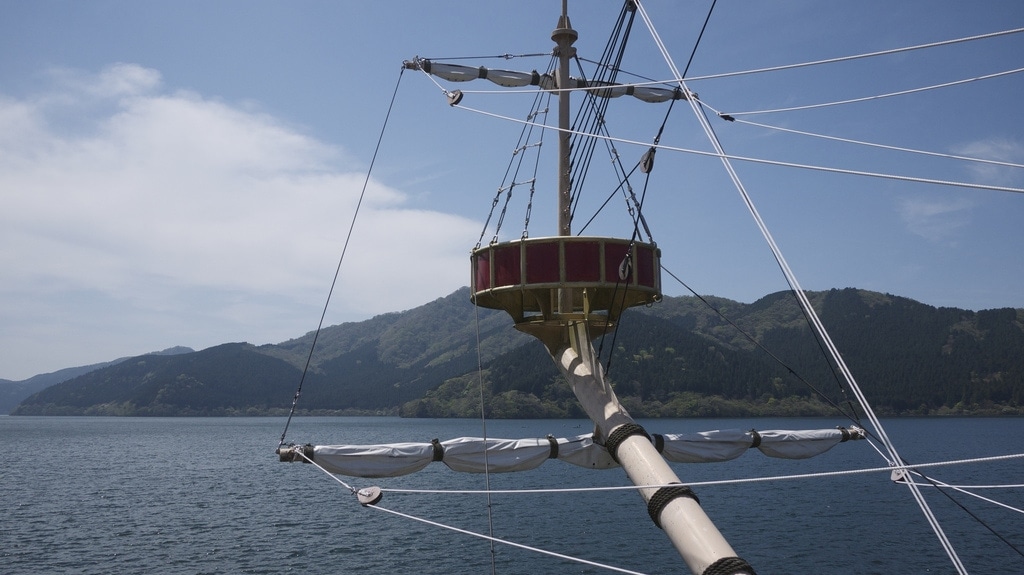
After taking the ropeway down to Lake Ashi (芦ノ湖) on the other side we hopped on a gaudy-looking ferry decked out as a pirate ship which took us across to Hakone-machi.
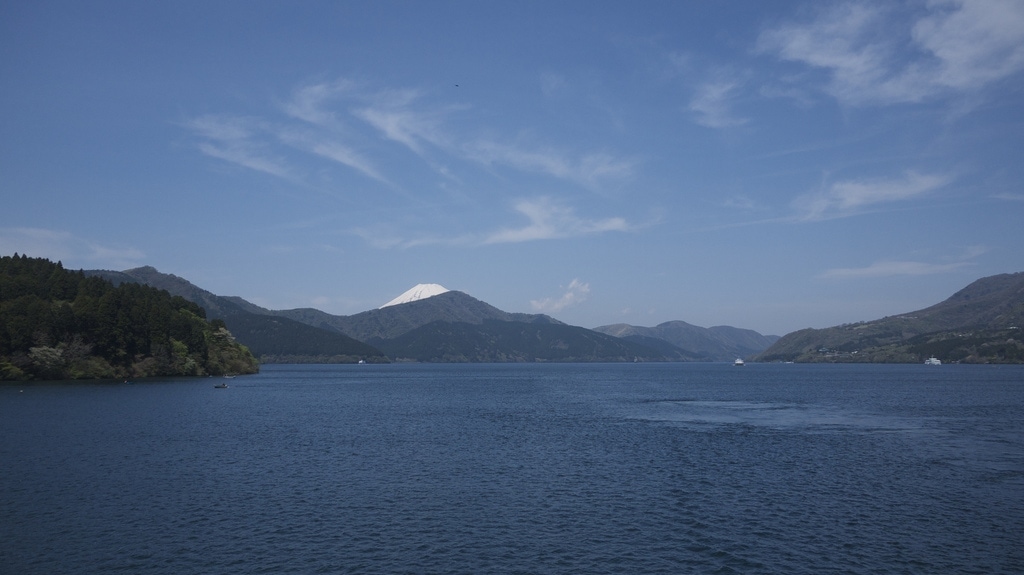
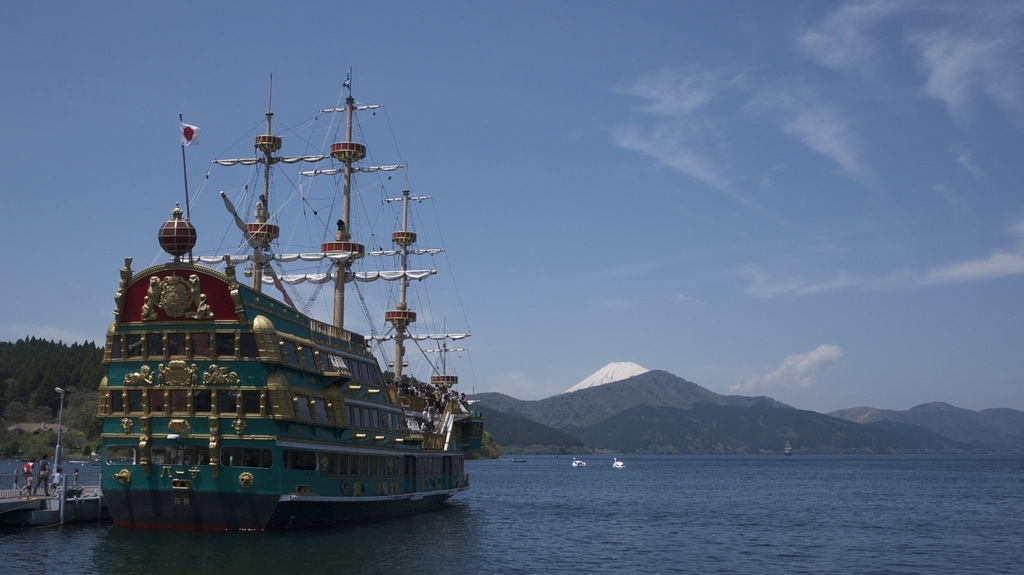
The ride was nice but why the local tourism board felt the need to Disneyfy the experience when the views and local history are already well worth the trip I can’t imagine…
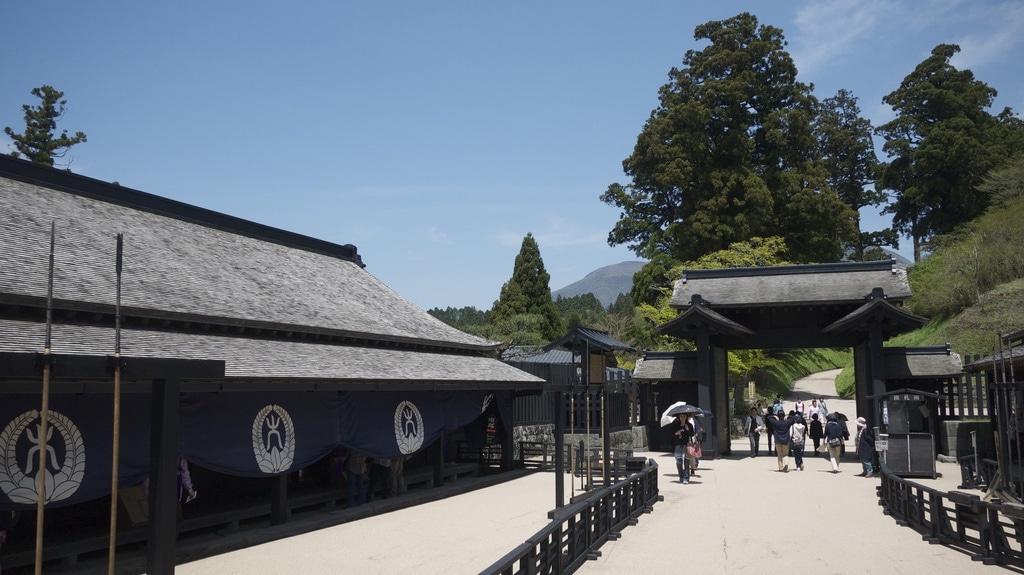
Hakone used to be an important checkpoint to control traffic along the Tokaido highway during the feudal Edo Period. Today an accurate reconstruction of the Hakone Checkpoint (箱根関所) in its original footprint can be found on the lake shore including its gates, housing for soldiers, a prison and a lookout tower.
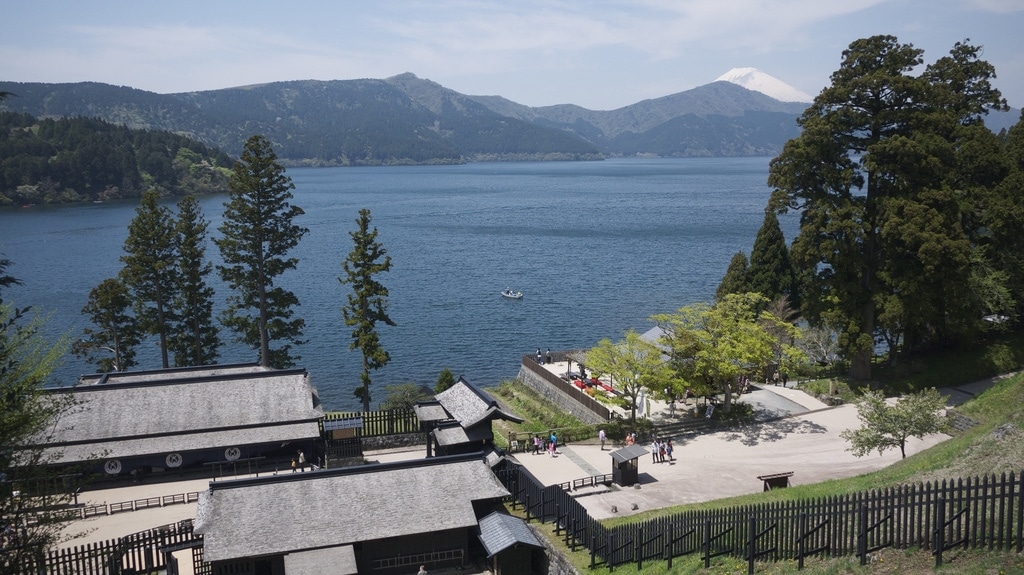
Under the Tokugawa shogunate, all travellers entering and leaving Edo along the Tokaido were stopped here by officials. Their travel permits and baggage were examined to enforce laws that restricted the travel of women and weapons.
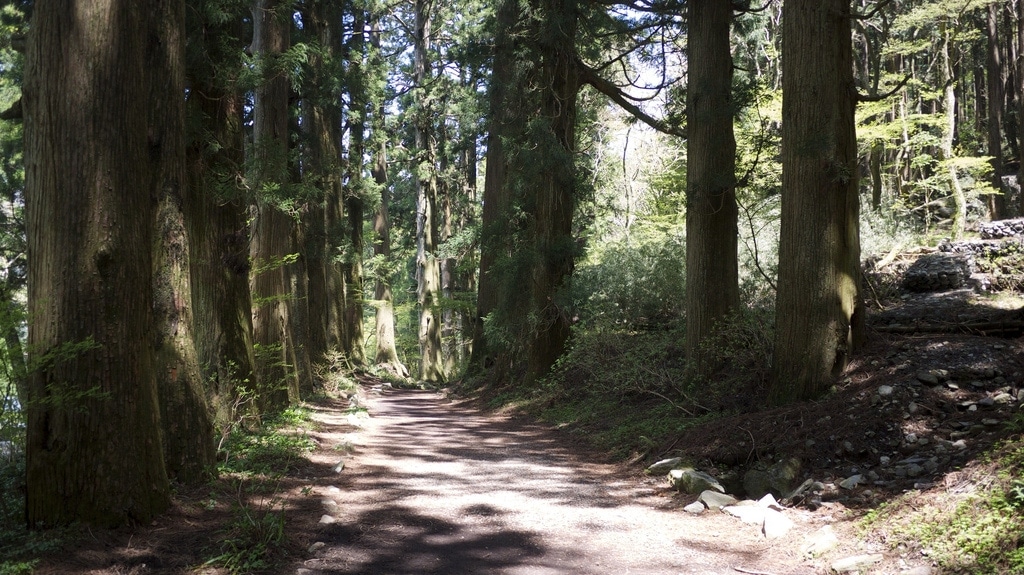
Beyond the checkpoint is a beautiful cedar avenue which marks the beginning of the best-preserved section of the old Tokaido highway, also referred to as Kyu-kaido (旧街道), which leads from Moto-Hakone to Hatajuku.
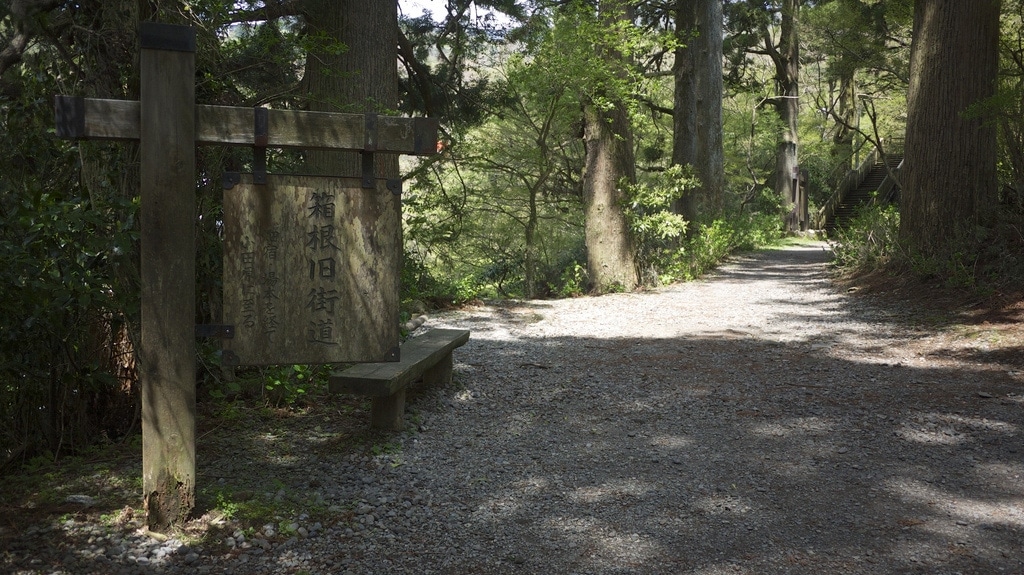
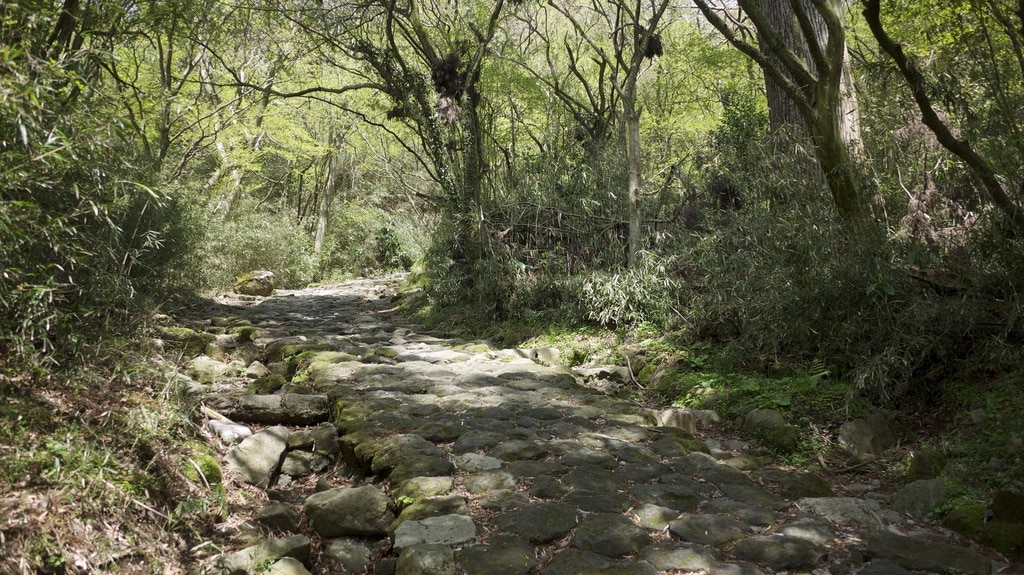
Amazingly, stretches of the original 400-year-old stone pavements have survived and it makes for an atmospheric short hike of around 2 hours under the shade of the trees.
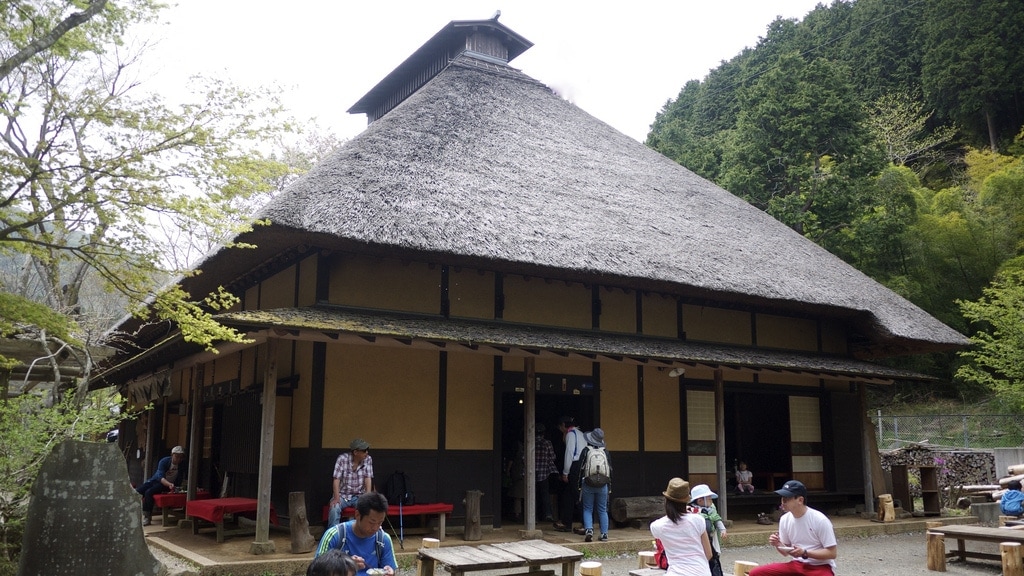
Along the way, we stopped off at Amazake Chaya (甘酒茶屋 – literally “Sweet Alcohol Teahouse”), a thatched teahouse which has been serving travellers for more than 350 years, and is the last of its kind remaining.

Naturally sweet amazake rice wine (non-alcoholic) is served with pickles on the side along with hot mochi cakes dusted with soy powder or black sesame make for a tasty snack.
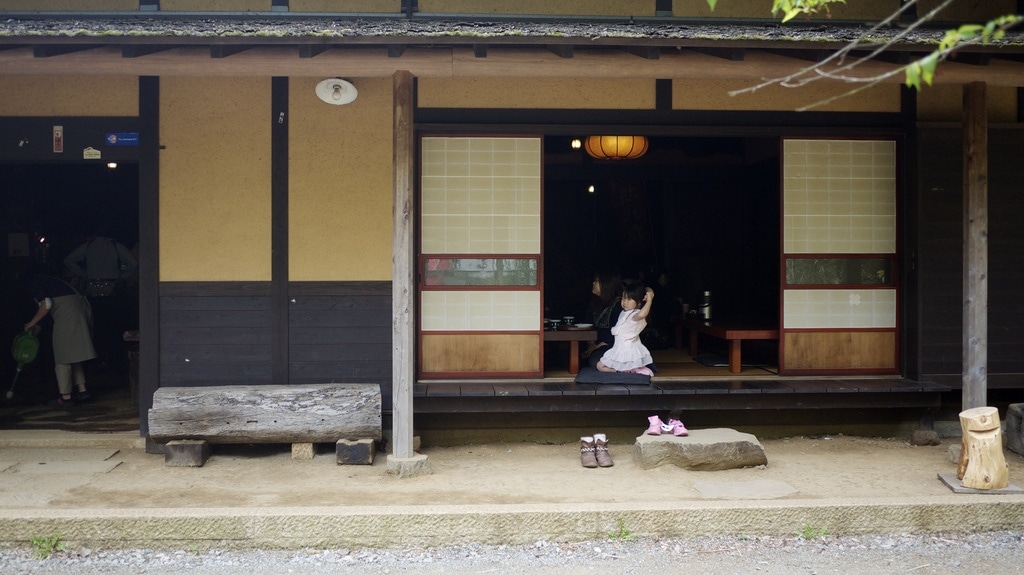
From Hatajuku you can take the bus back to Hakone-Yumoto (箱根湯本駅) from where we took the picturesque Hakone Tozan Railway (箱根登山鉄道) through the mountains back to Gora, a very enjoyable ride on its own.
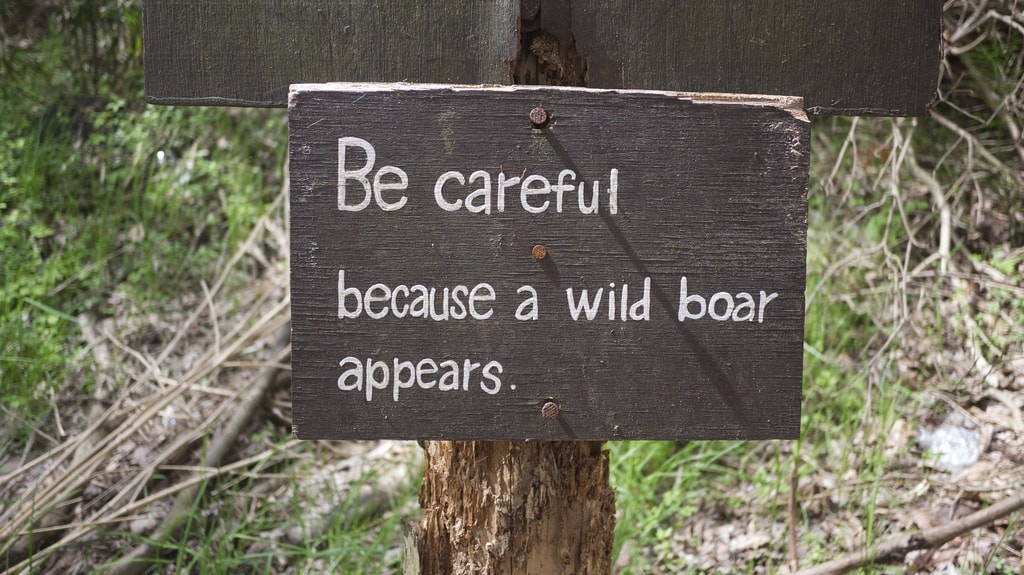
Being only a 90-minute train ride away from Shinjuku in Tokyo, you could make the trip in a day but it’s probably worth staying overnight, especially if you want to enjoy the hot springs. It’s definitely worth getting the Hakone Freepass (5,140 yen) which covers all transport costs to/from and within the region.

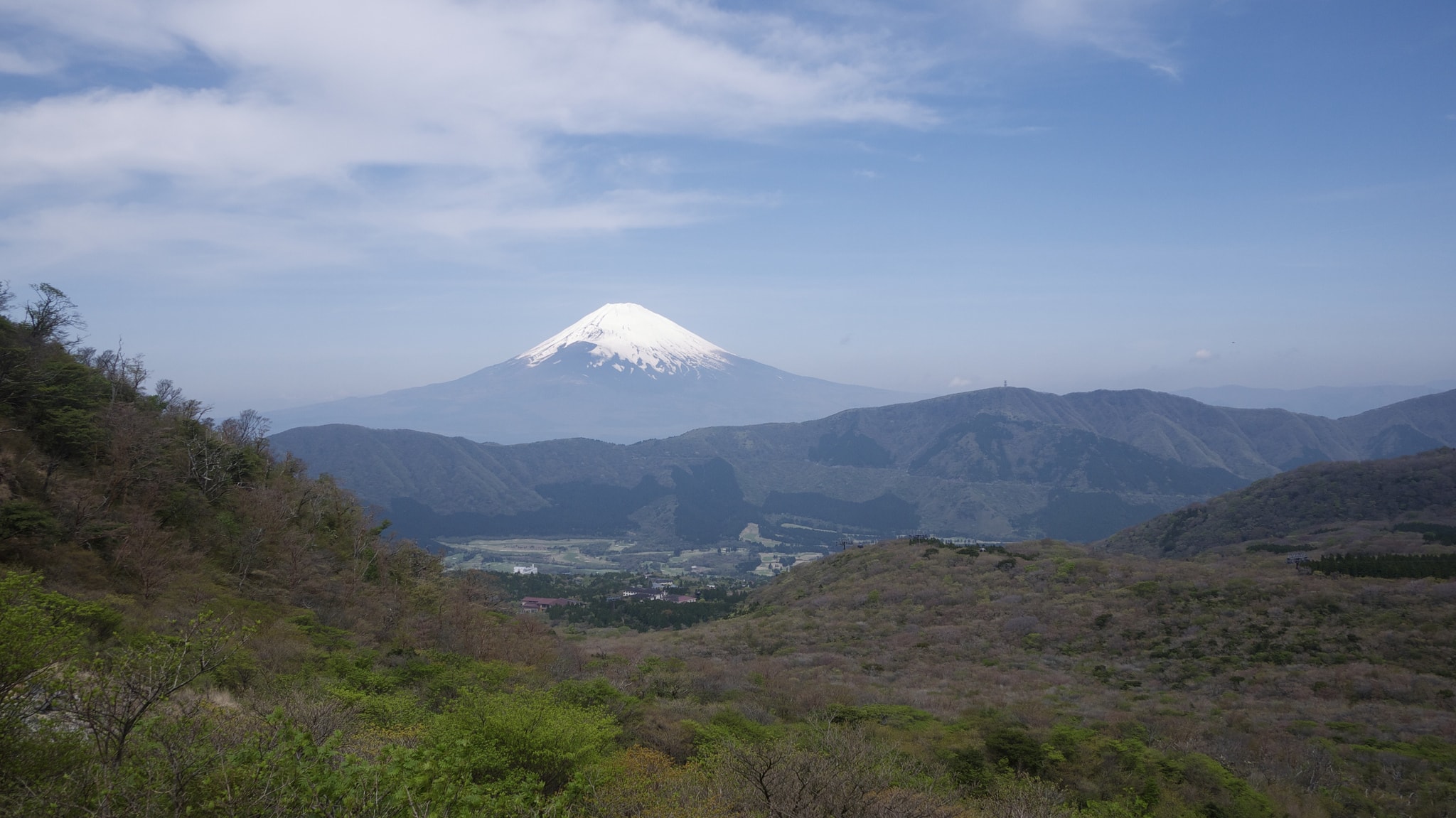
Reply